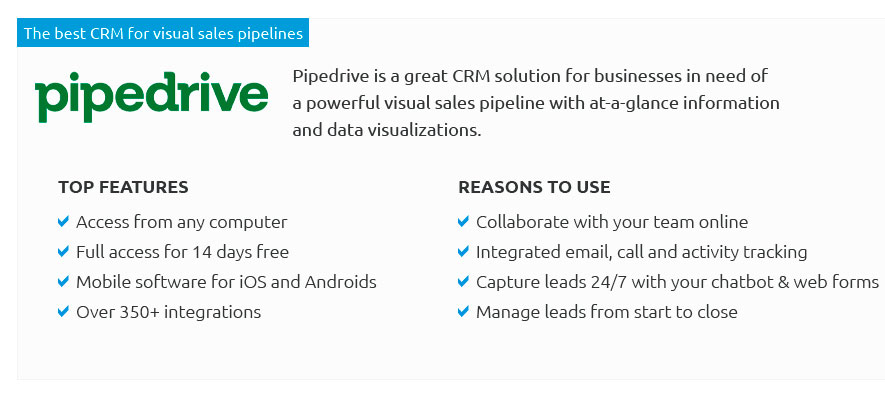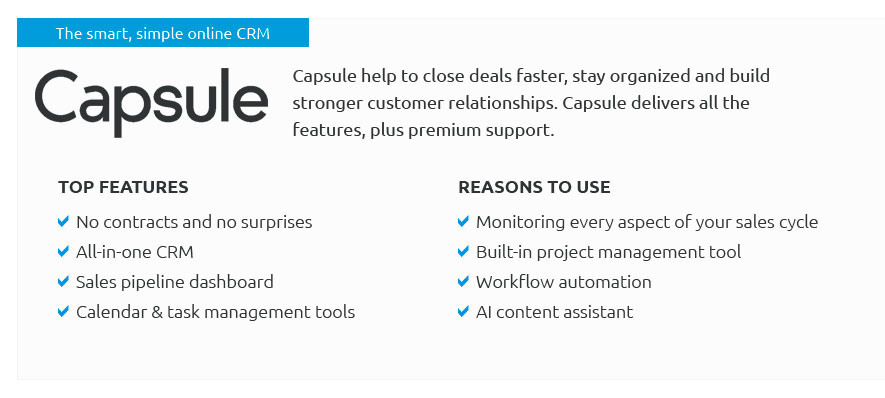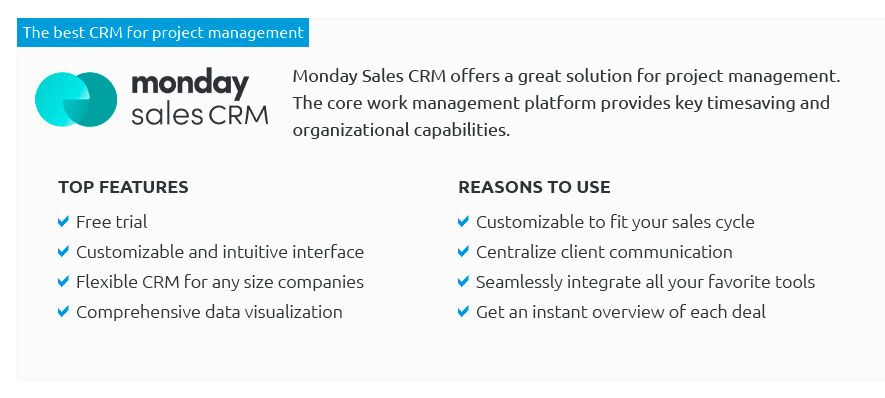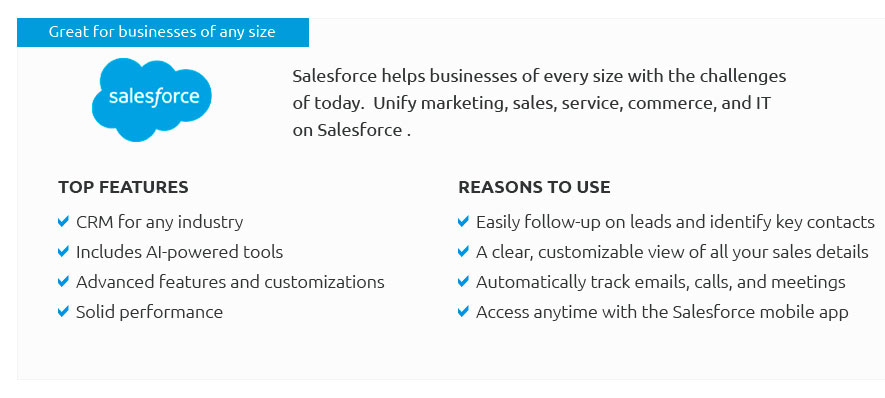 |
 |
 |
 |
 |
 |
|
 |
|
 |
|
 |
|
 |
|
 |
|
 |
 |
Production Tracking Software: Key Insights and Common Mistakes to AvoidIn the fast-paced realm of modern manufacturing and production, production tracking software has emerged as an indispensable tool for enhancing operational efficiency, ensuring timely deliveries, and maintaining quality control. As businesses strive to stay competitive, the deployment of such software becomes not merely an option but a necessity. However, the implementation process is fraught with potential pitfalls that can undermine the very objectives these systems are meant to achieve. This article delves into the intricacies of production tracking software, offering insights into its benefits while highlighting common mistakes that organizations should diligently avoid. The primary allure of production tracking software lies in its ability to provide real-time data, facilitating informed decision-making. With features that range from tracking work-in-progress to managing inventory levels, these systems promise a comprehensive overview of the production landscape. Yet, the path to successful implementation is littered with challenges, beginning with the selection process. One of the most frequent errors companies make is choosing a system that does not align with their specific operational needs. In their eagerness to embrace new technology, businesses often overlook the importance of conducting a thorough needs assessment, resulting in a mismatch between the software's capabilities and the company's requirements. Another critical consideration is the integration of the software with existing systems. Many organizations underestimate the complexity of this task, leading to disruptions and inefficiencies. A well-planned integration strategy is paramount, as is the involvement of stakeholders from various departments to ensure a seamless transition. Moreover, insufficient training of staff can severely impede the successful adoption of production tracking software. Employees who are not adequately trained may resist the new system, perceiving it as an additional burden rather than a tool for empowerment. Thus, comprehensive training programs that emphasize the benefits of the software and demonstrate its ease of use are essential to foster acceptance and maximize utility. The potential of production tracking software to revolutionize operations is undeniable, yet its implementation requires careful planning and execution. Organizations must avoid the trap of underestimating the importance of data accuracy. The effectiveness of these systems hinges on the reliability of the data fed into them; hence, establishing rigorous data validation processes is non-negotiable. Furthermore, companies should guard against complacency post-implementation. The dynamic nature of production environments necessitates continuous monitoring and iterative improvements to the software system to adapt to evolving needs. In conclusion, while production tracking software offers a promising avenue for enhancing efficiency and competitiveness, the journey to realizing its full potential is fraught with challenges. By paying heed to the common mistakes outlined above-ranging from improper selection and inadequate integration to insufficient training and data inaccuracies-businesses can navigate the complexities of implementation with greater confidence and achieve the transformative benefits these systems are designed to deliver. For organizations willing to invest the necessary time and resources, the rewards of a well-executed production tracking strategy can be substantial, paving the way for sustained growth and success in an ever-demanding market. https://www.machinemetrics.com/production-tracking-software
MachineMetrics production tracking software is a fully automated solution that gives you real-time (yes, real-time) visibility into critical areas like OEE, ... https://www.solidworks.com/product/delmiaworks/manufacturing-erp/quality/manufacturing-traceability
DELMIAWorks Real-time Manufacturing Traceability Insights - Monitor machine and work center quality and efficiency to predict patterns and anticipate when ... https://www.reddit.com/r/manufacturing/comments/167b0n7/looking_for_software_recommendations_for_tracking/
Look into fulcrumpro. Likely could have you up and running within 12-16wks. They'll work with you to configure the site how you need and setup ...
|